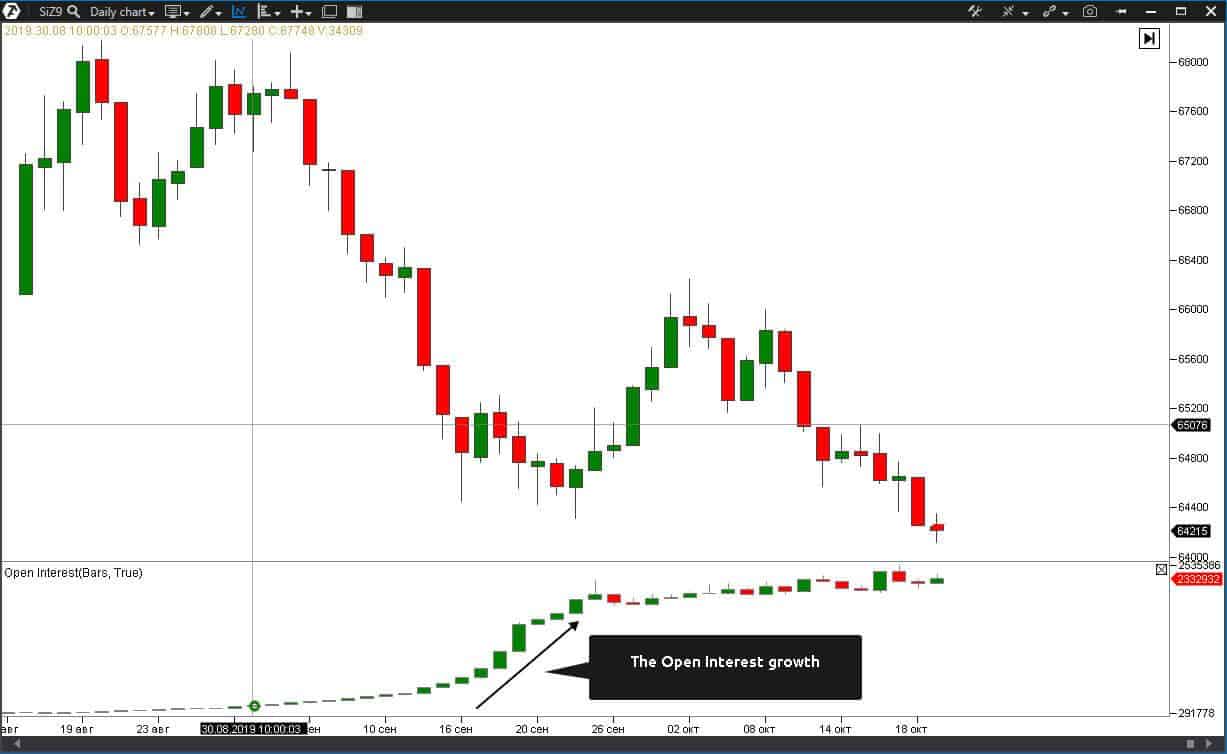Introduction
In the realm of options trading, open interest plays a pivotal role. It unveils the sum total of all outstanding contracts for a particular option series. Understanding what constitutes a good open interest is paramount for traders seeking to make informed decisions. This article aims to demystify the concept, exploring its significance and presenting insights into identifying optimal open interest levels.

Image: trading-soldier.com
Open interest serves as a gauge of market depth and liquidity. It reflects the number of buyers and sellers actively engaged in trading a specific option contract. A robust open interest signals high market participation, suggesting ample liquidity and reduced bid-ask spreads. This ensures traders can enter and exit positions swiftly without facing significant slippage or price distortion.
Factors Determining a Good Open Interest
1. Market Conditions
Market conditions exert a significant influence on open interest. During volatile or uncertain market environments, traders tend to increase their option positions, hedging against potential losses or speculating on price movements. Consequently, open interest tends to surge in such periods.
2. Volatility
Options with higher implied volatility typically attract greater open interest. Volatility, a measure of price movements, entices traders with the potential for substantial gains. Increased volatility enhances the value of options contracts, leading to increased participation and a higher open interest.

Image: speedbot.tech
3. Time to Expiration
Options approaching their expiration date generally exhibit declining open interest. As the time to expiration wanes, the intrinsic value of the options diminishes, resulting in decreased demand and reduced open interest.
4. Underlying Asset
The underlying asset linked to the option also impacts open interest. Popular and widely traded assets, such as stocks or indices, tend to attract greater open interest compared to less liquid or niche assets.
Evaluating Open Interest Levels
Assessing open interest levels involves consideration of several factors:
1. Absolute Size
Analyzing the absolute value of open interest provides an initial indication of market participation. A higher absolute open interest suggests increased liquidity and trading activity.
2. Relative Comparison
Comparing open interest across different option series for the same underlying asset can reveal relative demand. Higher open interest for a particular option series indicates that traders favor that contract.
3. Historical Comparison
Charting open interest over time allows traders to identify trends and recognize historical patterns. By juxtaposing current open interest levels with historical norms, traders can identify potential overbought or oversold conditions.
Optimal Open Interest Levels
Determining an optimal open interest level is subjective, varying with individual trading strategies and risk tolerance. However, a general guideline suggests that an open interest exceeding 20% of the underlying asset’s daily trading volume is considered healthy and provides sufficient liquidity.
Traders should exercise caution when encountering extremely high open interest, as it may indicate overly speculative activity and potential market manipulation. Conversely, overly low open interest can result in reduced liquidity and difficulty in executing trades.
When Trading Options What’S A Good Open Interest

Image: atas.net
Conclusion
Comprehending open interest plays a pivotal role in navigating the complexities of options trading. By considering market conditions, volatility, time to expiration, and underlying asset, traders can gauge the liquidity and trading activity associated with specific option series. Utilizing open interest analysis in conjunction with other trading strategies can enhance decision-making, optimize trade execution, and improve risk management.
Remember, the pursuit of financial knowledge is a continuous journey. Keep up with market trends, research different trading strategies, consult with experienced professionals, and continue expanding your knowledge horizons to become a more informed and successful trader.






